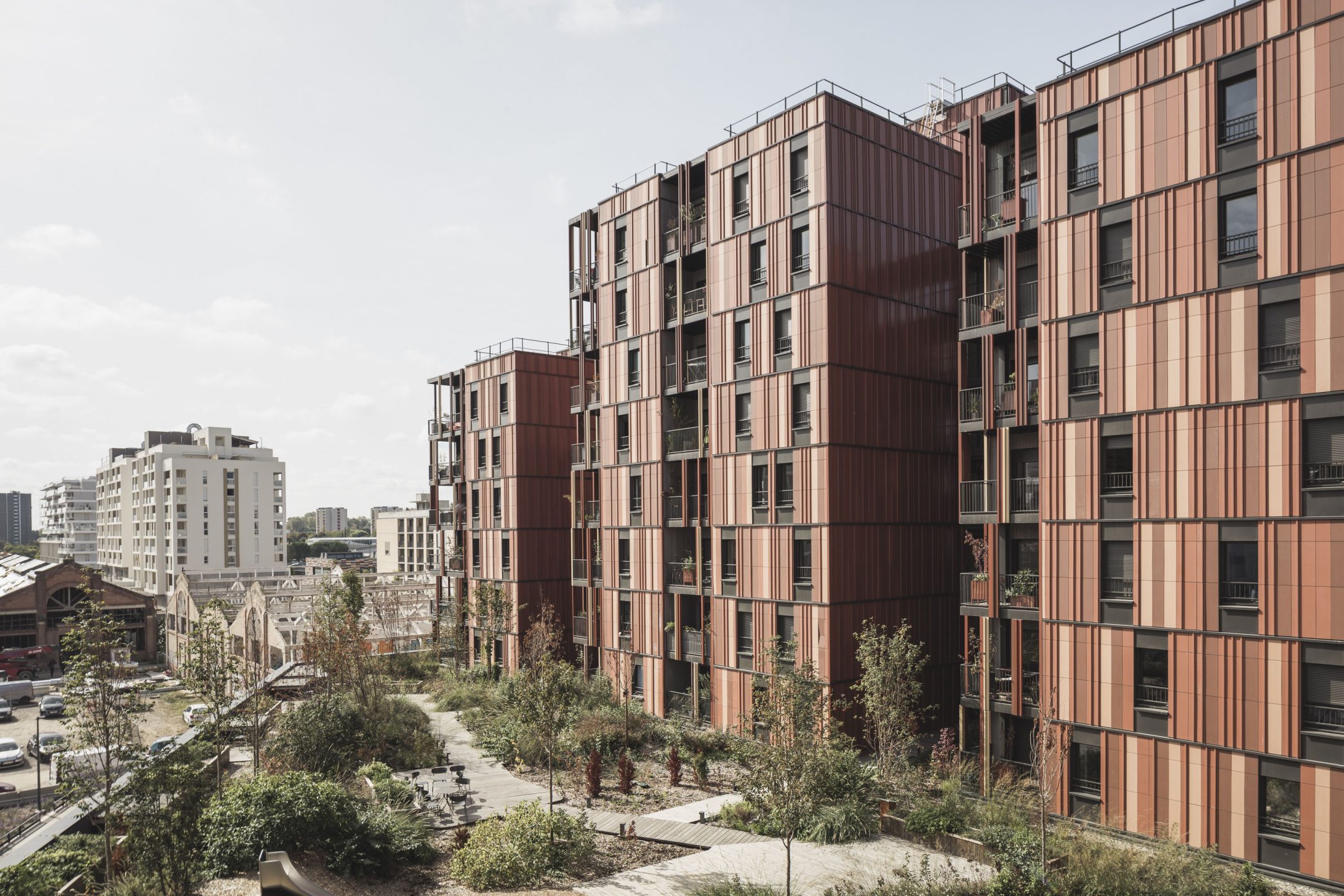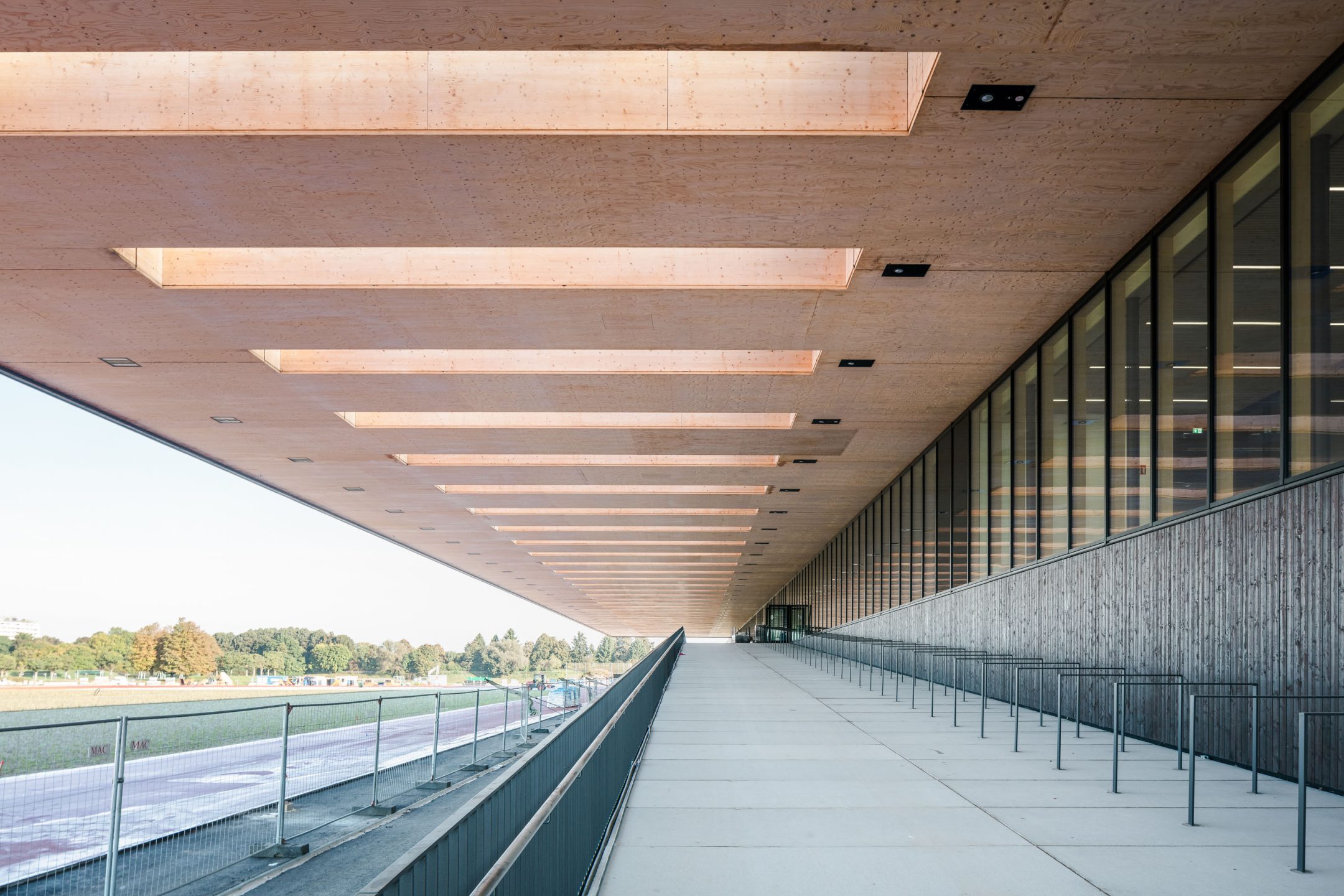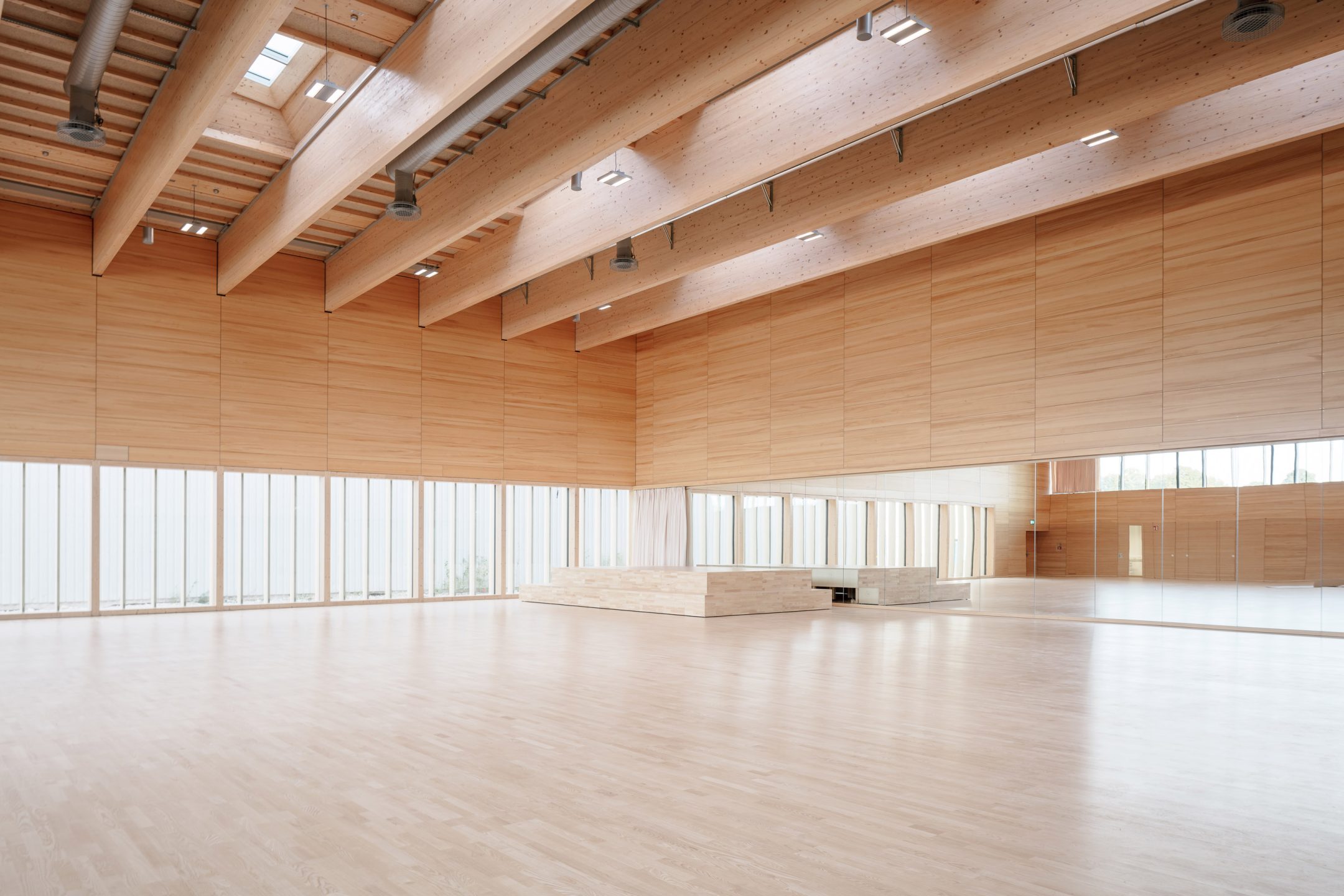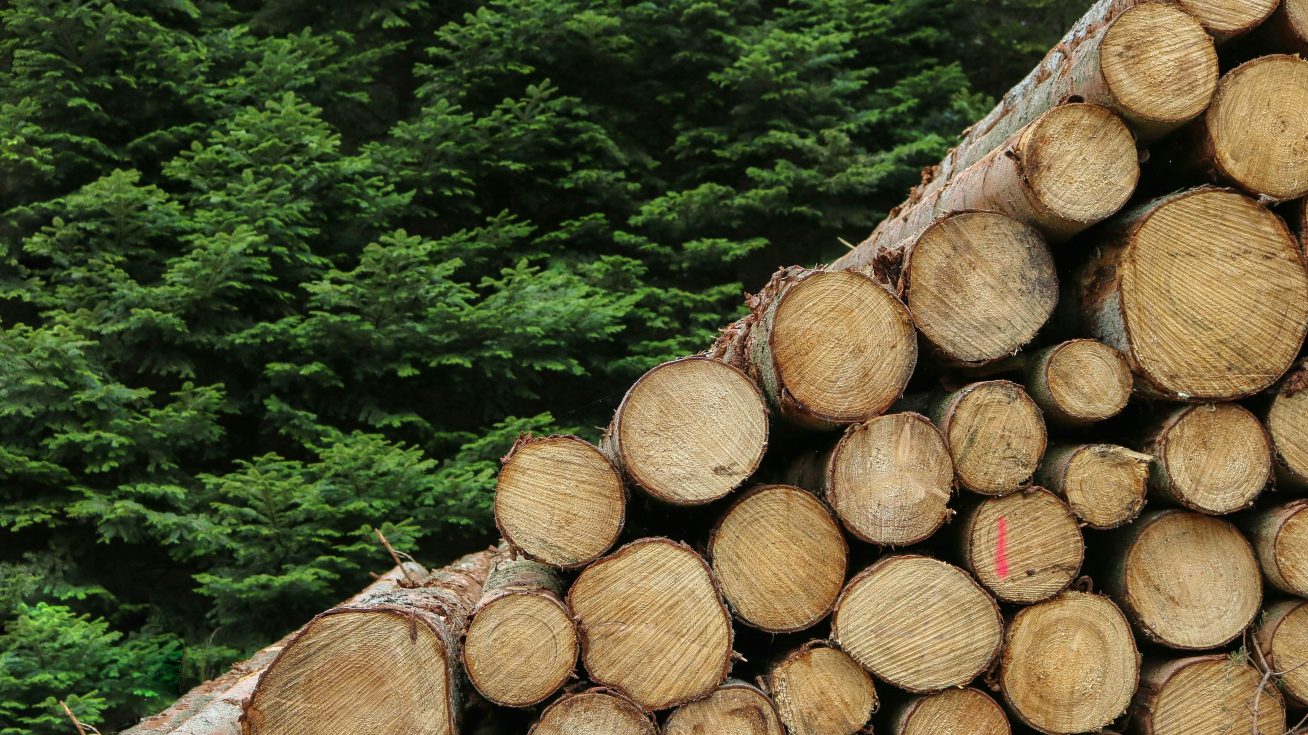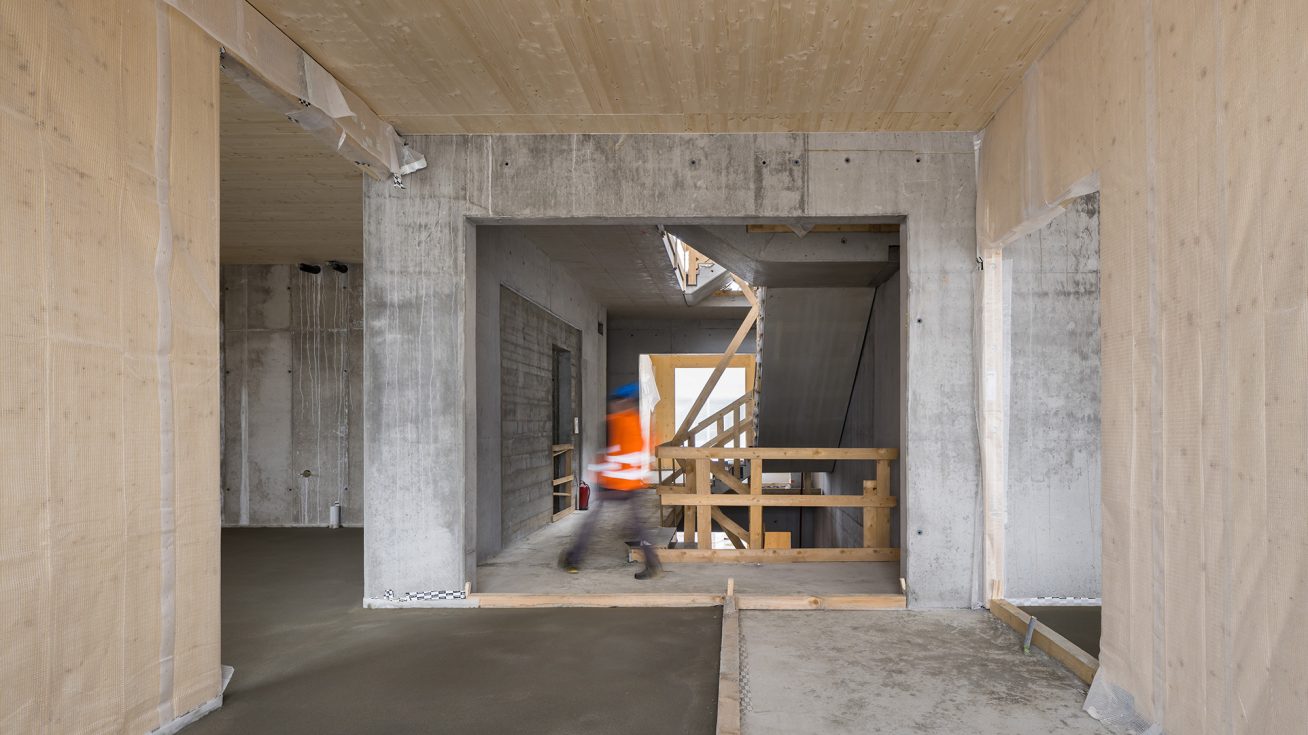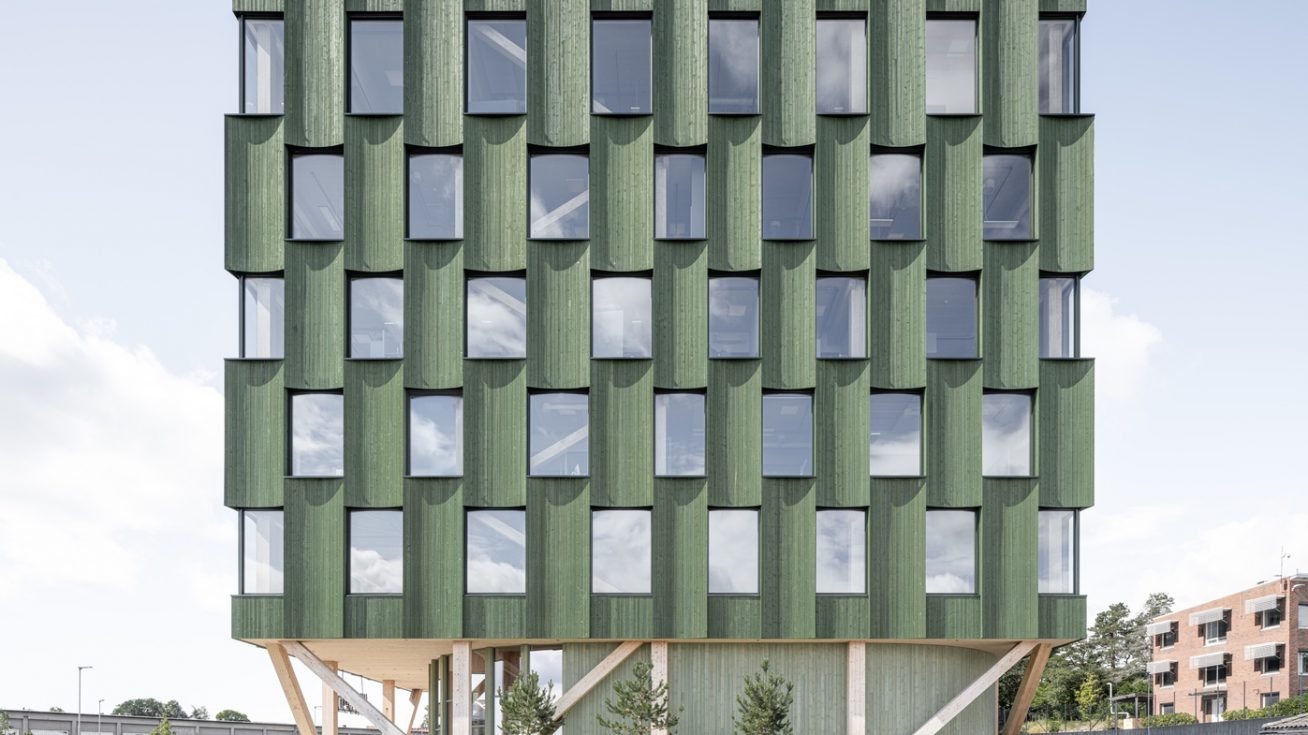
Interview with Helmut Dietrich
Wood buildings are not just about maximum height, it is much more important to build ordinary buildings such as four-storey apartment buildings out of wood. This is according to the successful Austrian architect Helmut Dietrich, who has been devoted to the subject of wooden buildings all his professional life. When and why did multi-storey wooden buildings start to become popular in Austria? And how does he see the situation in the Czech Republic?
Could you briefly describe the Austrian path to multi-storey wooden buildings? Where is the beginning of modern timber buildings in Austria?
When I was studying in Vienna 30 or 40 years ago, education at universities about timber construction was practically non-existent. The main reason was regulations that went totally against wooden structures. You couldn’t even build a staircase out of wood in a family home without having to wrap it with some fireproof material. After a while, pressure to change these regulations began to build up, as entire housing complexes began to be built out of wood in Bavaria and Switzerland.
What era are we talking about?
It was in the ’80s. years. On the other hand, Vorlarberg (the second smallest state of Austria, where Helmut Dietrich comes from, note. ed.) has a strong tradition of wooden architecture, but it was almost completely interrupted in the 1950s. years. After the Second World War, people did not want to live in wooden houses as they had done for centuries. They wanted solid houses with white walls of brick and concrete. At that time, wooden structures were used only for farm buildings – for barns or roofs.
In Vorarlberg, however, there were young architects who drew on the tradition of craftsmanship. They started in the 60s. years, they built small projects out of wood. And that’s when it started. There were also new design possibilities for the construction of buildings with large spans, such as gymnasiums or town halls. And this brought new possibilities for the use of wood as a construction material. But it took quite a long time before they were also used in the private sector for single-family homes or industrial buildings. And then public projects, such as kindergartens, slowly emerged. Young architects began to win competitions, focusing on wooden structures. This was the beginning of a wider public acceptance. They found it to be a nice material that creates a nice atmosphere and doesn’t cost much more.
So the support for timber structures came from architects?
To a large extent, it really was.
And then private companies joined in…
I think the craftsmen and the timber companies have been very effective in the development, trying to develop prefabrication, for example. They worked together with architects. All important parties – clients, the public, the media – were gradually involved in the process. Everyone tried to support the process. And it was a perfect situation especially for Vorarlberg because we were ready for it.
Have there been any major changes in legislation?
Yes. In Vienna, the regulations changed around the turn of the millennium. It was kind of funny, you couldn’t build a four-storey building out of wood anywhere in Austria, but you could in Vienna. At first it was five-storey wooden buildings, then seven-storey ones and it went on and on. This was a legal act that changed the way we look at this material. It was mainly a question of fire safety.
And what does today’s legislation in Austria say about multi-storey wooden buildings? Does it matter whether you use concrete or wood for a five-storey apartment building?
Not exactly. If we are talking about four or five floors, it is possible to use wood quite normally. For taller buildings, you must clad everything inside, you must not use wooden surfaces. In Switzerland it is different. There it has already been accepted that wood is equivalent to concrete. Although from a fire protection point of view, very careful planning and execution of the entire construction is required for timber. And that’s what they do in Switzerland. You need a lot of perfect procedures to build a ten-storey wooden building.
So in Austria, wood is still not the new standard for multi-storey buildings.
In Austria, there are still more restrictions on wood than on concrete or bricks when it comes to construction materials. The overall laziness of investors and developers is also a major obstacle.
Is it really about laziness or does cost also play a role?
It depends on what you’re comparing. If you are comparing the cheapest way of building, such as insulation and plastic windows, and the cheapest of the cheap in general, then wooden structures are indeed more expensive. But if you compare a good standard, it comes out similar. The laziness of companies that are in the construction business is related to their habits on their practices. They have been doing business the same way for 50 years and they don’t want to change anything. They don’t want to take any chances and get themselves into trouble. They simply build and sell.
What are the main advantages of wooden buildings from your point of view? Is it mainly about environmental friendliness?
It’s a mix of things. The ecological aspect is very important, it is one of the few materials in the construction industry that is renewable and absorbs carbon. The second thing is that it is suitable for prefabrication. So, for example, in cities where there is dense development and where the usually noisy and dirty construction process prevails, with the large trucking required for each construction taking years and years to complete, with a burden on the entire neighborhood. Timber buildings can make the building process in cities much more pleasant for the surroundings. In addition, the individual parts of wooden buildings can be produced in workshops and much more precisely. At the same time, it can also create buildings with a better atmosphere and more qualities that are better for our health, nature and heart.
So the emotional side of things also plays a role in wooden buildings.
Yes, it’s a different feeling when you see the wood and can touch it too. Of course, there are also parts of wooden buildings that must be made of concrete. This does not mean that there must be no concrete at all in wooden buildings. It’s about combining the materials that are best for the job. Sometimes it is a hybrid design. Concrete and steel help wood and vice versa. I think we need to think a lot more about large structures done in a hybrid way.
Is there any political support for timber construction in Austria?
Yes, at least in political discussions, there is a call for the need to put ecology into practice. But it depends on the region. At the same time, the concrete and steel lobby has much more power than the timber industry. In Austria, the forests belong partly to the state and partly to thousands of private owners who may not take such good care of them, so the timber is not marketed at the right time. There are a lot of people who are passionate about wood, like me, but there’s no great power behind it.
So we need some more time before we also build large wooden buildings on a regular basis?
I’m sure. It takes time. It’s also a question of knowledge, which doesn’t come easily, it can’t be bought. Partly, yes, but not completely. If you want to build a big building out of wood in the Czech Republic, you will certainly find architects and engineers, but then you will run into firemen who will say it can’t be done, maybe later. In Vienna it was similar for a long time and it changed from one side to the other very quickly. I couldn’t believe it, it was amazing.
People are constantly fascinated by height, by what can be built out of wood – 20 storeys, 40 storeys, 100 storeys. I think it’s more important to come up with conventional buildings, like three four-story apartment buildings. We are building thousands and millions of apartments all over the world, and if at least some of them are made of wood, it is better than if they are all made of concrete.
Helmut Dietrich (*1957) is one of the main pioneers of multi-storey wooden buildings in Austria. With his colleague Mucha Untertrifaller, he founded the architectural studio Dietrich | Untertrifaller Architekten in Bregenz, West Aachen, in 1994, which has around ninety employees. The studio has offices in Vienna, St. Gallen, Paris and Munich. Dietrich is also one of the leading representatives of the internationally recognised Vorarlberg School.
The interview took place on the occasion of the Wooden Buildings Salon 2023.
